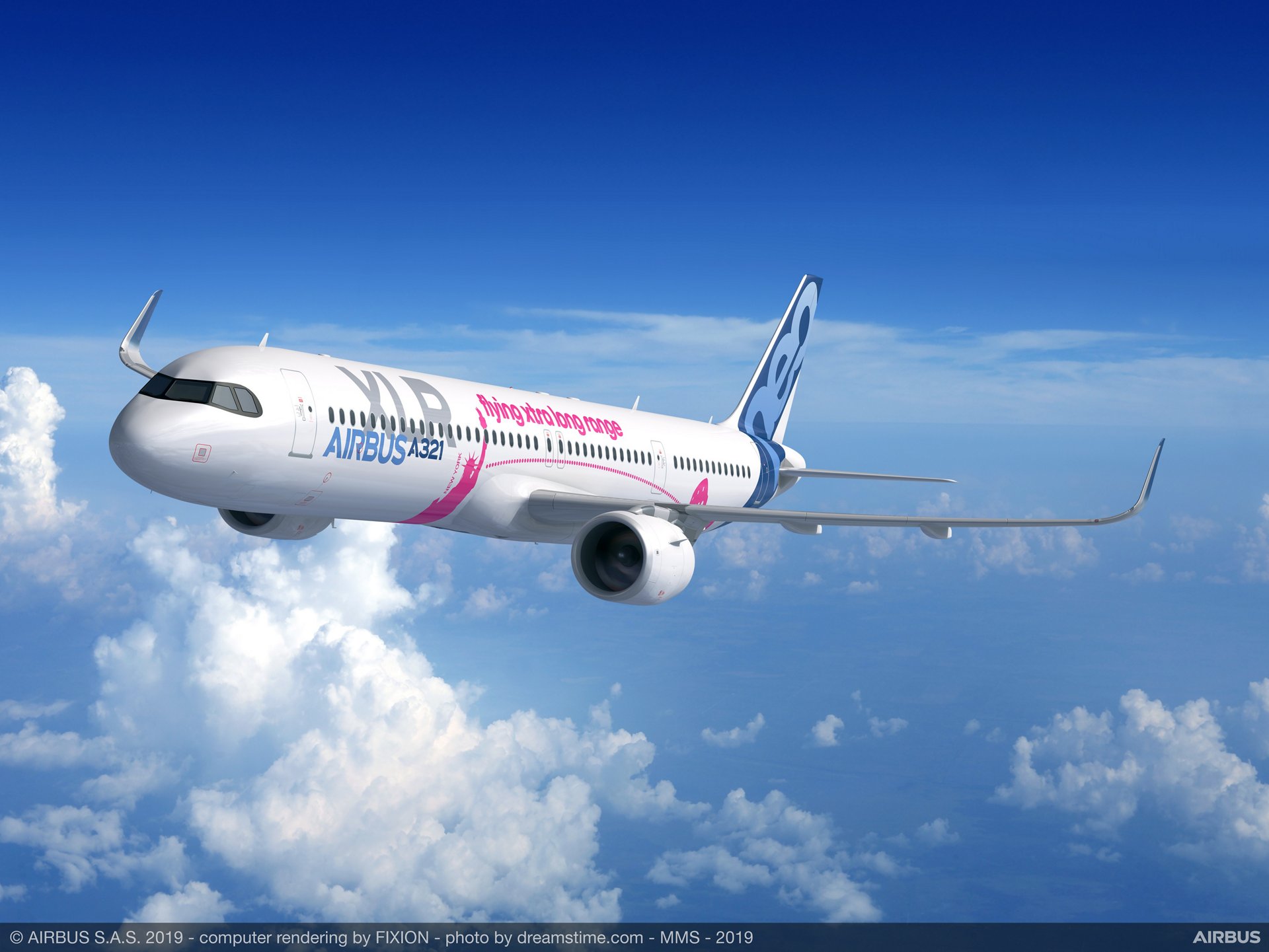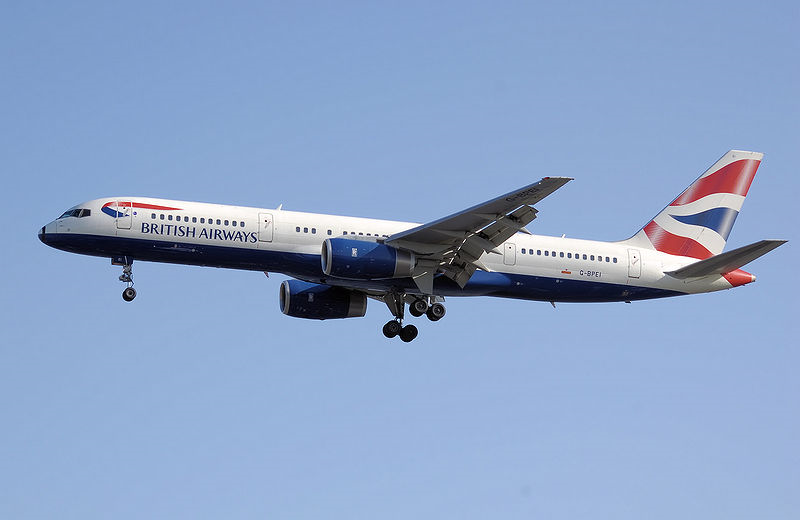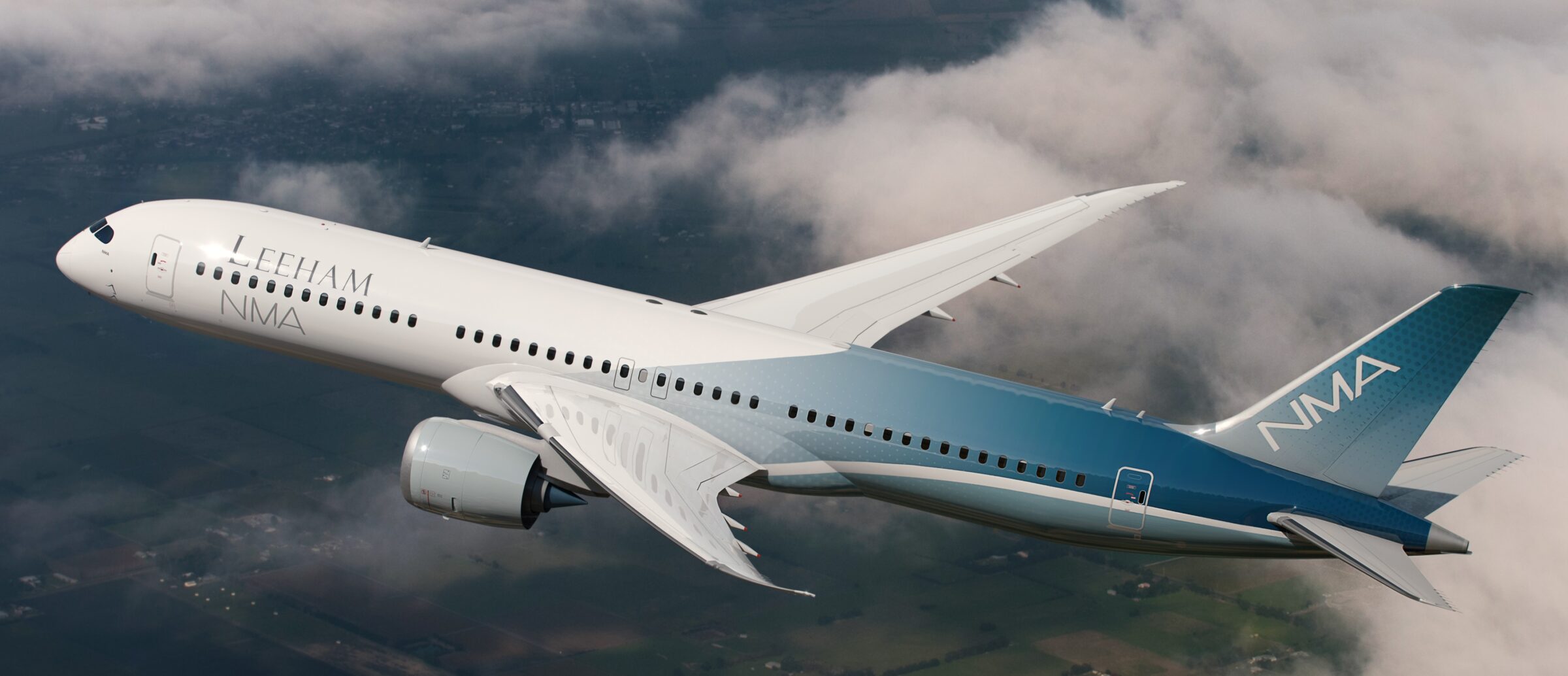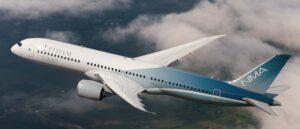Leeham News and Analysis
There's more to real news than a news release.
To what extent can the A321XLR replace the Boeing 757, Part 4
Subscription required
By Bjorn Fehrm
August 1, 2024, © Leeham News: We are comparing the Airbus a321XLR to the Boeing 757 to understand to what extent it can replace the 757 on the longer routes it operates for major airlines like United, American, and Delta.
We have examined the aircraft’s development and operational history, their Apples-to-Apples capacity and range, and their operational costs for a typical domestic configuration. Now, we equip the A321XLR with a long-range, lie-flat cabin and look at what long-range routes it can fly in this configuration.
Summary:
- The A321LR/XLR can fly up to 10-hour routes in a long-range configuration, flying from mid-USA to mid-Europe.
- With its passenger capacity, range, and operational economics, it covers most of what Boeing set out to cover in its MOM and later NMA studies.
To what extent can the A321XLR replace the Boeing 757, Part 3
Subscription required
By Bjorn Fehrm
July 11, 2024, © Leeham News: We are comparing the Airbus a321XLR to the Boeing 757 to understand to what extent it can replace the 757 on the longer routes it operates for major airlines like United, American, and Delta.
We have looked at the development and operational history of the aircraft, their Apples-to-Apples capacity and range. Now, we use Leeham’s Aircraft Performance and Cost Model (APCM) to compare the operational costs of the aircraft.
Summary:
- The Boeing 757-200 has the same passenger capacity as the A321LR/XLR and a larger cargo capacity.
- Its range can compete with the A321LR but not the XLR. Both beat the 757 on operational economics.
To what extent can the A321XLR replace the Boeing 757, Part 1.
Subscription required
By Bjorn Fehrm
June 27, 2024, © Leeham News: The Airbus A321XLR, the extra-long-range version of the A321neo, will start operational service with IBERIA on the Madrid-Boston trans-Atlantic route later this year. It’s the type of thin, long-range route the Boeing 757 has served to date.
We will use our Aircraft Performance and Cost model (APCM) to examine to what extent the A321XLR can replace the 757 on world routes. What is the difference in capacity and range, and what improvement in operational economics can be expected?
Summary:
- The Boeing 757 was the original MOM/NMA (Middle-Of-the-Market / New-Midmarket-Airplane).
- It had unique characteristics, which Boeing would have followed up with the NMA project.
- Boeing hesitated, and Airbus developed the A321XLR to fill this role. Has it succeeded?
Bjorn’s Corner: New aircraft technologies. Part 32. Design for production
September 29, 2023, ©. Leeham News: We are discussing the Detailed design phase of an airliner development program. We have talked about program management methods, development techniques, and tools for Detailed design.
But there is one area that is more important than even the aircraft aerodynamic, structural, and systems design for a new Heart-Of-The-Market aircraft: how to produce it in higher volumes and at lower cost than before.
Calhoun’s moonshot for the Next Boeing Airplane
Subscription Required
Now open for all readers.
By Scott Hamilton
Sept. 4, 2023, © Leeham News: As people try to figure out when Boeing is going to launch a new airplane, confusion continues over semantics and doubts continue over willingness.
The semantics revolves around the words “launch” and “introduce.”
Brian West, the CFO of The Boeing Co., appears at an investors conference Sept. 7 hosted by Jefferies, an investment bank. The event will be webcast; a link is available on the Boeing website. Perhaps West can clarify the timeline, but here is what’s happened recently.
David Calhoun, the CEO of The Boeing Co., said during Boeing’s investors’ day event on Nov. 2 last year that Boeing will “introduce” a new airplane by the middle of the next decade. LNA at that time asked corporate communications if by “introduce” Calhoun meant entry-into-service or a program launch. Corp Com replied that Calhoun meant EIS.
Last month, at another investors conference, a lower level Boeing official said Boeing would “launch” its next airplane by the middle of the next decade. If this is what the official meant, “launching” the next airplane by mid-next decade would represent a major shift. LNA figured the official was mixing words and asked Corp Com for clarity. A spokesman replied, go with Calhoun’s November statement. So, for the moment, let’s take this at face value.
Then there are the skeptics.
‘What kind of vision is that?’ Industry analysts scorch Boeing and CEO Calhoun
By Bryan Corliss
Feb. 7, 2023, © Leeham News – Less than a week after Boeing CEO Dave Calhoun stood in the company’s Everett factory and vowed to “maintain this leadership culture forever,” a panel of top aerospace industry analysts blasted Boeing’s corporate culture and criticized Calhoun’s leadership, saying he lacks vision, industry knowledge – even charisma.
“No new aircraft until 2035,” said AeroDynamic Advisory Managing Director Kevin Michaels. “What kind of vision is that?”
Having Calhoun at the helm of Boeing at this juncture is “the worst-case scenario,” said Michaels’ partner at AeroDynamic, Richard Aboulafia. “(Calhoun) is somebody not only not from this industry, but someone who maintains a willful ignorance of it.”
The challenges Boeing faces mending fences with all the groups it has disappointed or alienated in the past 20 years – customers, suppliers, regulators and workers – are immense and it may be more than one person can handle, said Bank of America Managing Director Ron Epstein, who also was on the panel.
“It’s a hard, hard, hard job right now, to be the president of the Boeing Co.,” Epstein said.
- Panel rips lack of new product development
- Without a new airplane, whole industry is challenged
- Panel: Boeing struggles to retain engineering talent
- Michaels: Suppliers in ‘crisis’
The Economics of the 767 and A330 at Seven and Eight abreast
Subscription Required
By Bjorn Fehrm
Introduction
Dec. 8, 2022, © Leeham News: In a previous article, we started speculating what an NMA type of aircraft would look like based on a Boeing 767 cross-section. An airliner’s cross-section decides the design of a large number of parts in an airplane.
In essence, a fuselage is a tube with a constant cross-section where the constant parts are repeated framewise to form the fuselage. It’s finished with a tapering forward cockpit and a rear tapering empennage.
We now look at what could have been a passenger version of an NMA that would have used the Boeing 767 cross-section with adaptations. To understand its economic impact, we make a comparison where we take a standard 767-300ER, then modify it to an NMA type fuselage and compare it to the competition in the size class, the A330-200 and -800.
As before, we do this by flying the world’s busiest long-haul route, London Heathrow, to New York JFK.
Summary
- An NMA based on an improved 767 fuselage cross-section would have been a very competitive airliner
- I would be the ideal replacement for the Boeing 757, 767, and 787-8.
With Boeing’s decision against new airplanes, Airbus will stand down, too
Subscription Required
By Scott Hamilton
Nov. 14, 2022, © Leeham News: Boeing’s decision to suspend the launch of any new airplane until the middle of the next decade means innovation of any kind from any company is largely dead for the next decade.
Airbus won’t launch a new airplane either, now that Boeing has stood down, says its former chief strategic officer, Kiran Rao. Rao is now an advisor to airlines and lessors. He had been with Airbus for 25 years in sales and product strategy.
While Boeing’s decision to suspend new airplane development casts a dark cloud over its strategic future, Airbus now is going to rest on its own status quo, Rao said.
Summary
- Airbus engineers will atrophy.
- Boeing was “one step away from checkmate” against Airbus in 2005-2006 and made a big mistake not taking up the opportunity.
- GE and Safran don’t want to innovate. Pratt & Whitney can’t do much beyond today.
- Boeing should have launched the NMA. It would have beaten the A321XLR.
- The NMA would have created a new market.
The future small twin-aisle market
Subscription Required
By Vincent Valery
Introduction
July 21, 2022, © Leeham News: As outlined in the previous article, there are now only 46 orders for twin-aisle aircraft seating 250 or fewer passengers in long-haul cabin configuration (39 Boeing 787-8s and seven Airbus A330-800s). After adjusting for orders at risk, the tally is 28.
However, there are more than 700 older-generation aircraft in service in this segment. The lack of airline and lessor orders points to an inadequate OEM offering. Boeing is not eager to build 787-8s due to the lack of commonality with the other Dreamliner variants. Airbus’ A330-800 has meaningfully worse economics than the -900.
Among the several aircraft concepts Boeing is currently studying, a twin-aisle aircraft with up to 5,000 nautical miles nominal range for this market segment is among them.
LNA analyses in this article the addressable market for small twin-aisle aircraft.
Summary
- The addressable replacement market;
- New order opportunities;
- The impact of growth assumptions;
- Substitution effects and freighter market.










